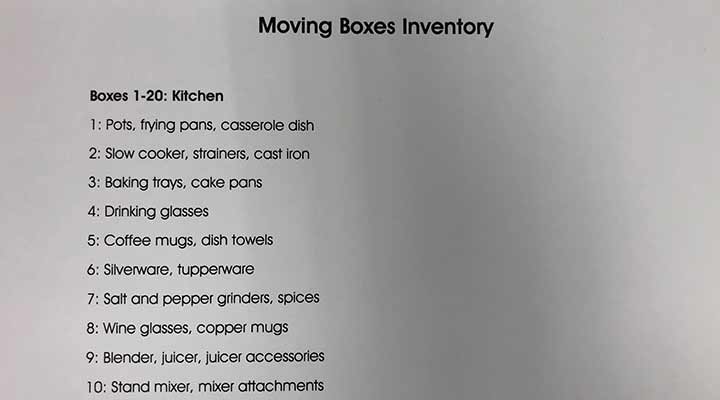
How to Pack for a Move: 3 Ways to Get Started
Apr 6, 2025 / Alyssa Duranty
Learn how to pack for a move to save time, and money, and reduce stress.
“Movers price per hour, and they can be very expensive,” said Gwen McClure of Place It SF. “That’s why preparation for a move is everything.”
Even if you’re moving yourself, your time and effort are priceless. We talked to three professional organizers in the San Francisco Bay Area for tips to help you prepare to pack. Keep reading to find out how you can get ready for moving day in no time!
How to Pack for a Move: Declutter First
To save time and money, start decluttering and organizing your stuff about two months before your move (if you have the luxury of time!).
“When you’re moving, you’re paying for everything you own again because you’re paying for the boxes, and the labor to move it,” said Nancy Castelli of BALANCE Organizing Services Company. “If you’re going to take the time and expense to pack it and move it, you better love it.”
Go through one room at a time to avoid getting overwhelmed and stressed out.
Remember the less you keep, the less you’ll have to move.
“Look at whatever furniture, housewares and toys you may have that you don’t use regularly,” said Tom Scott of Mister Organized. “If you can donate everything you don’t need to use, you’ll make your move easier and make a little money off the donation receipts.”
Give yourself enough time to pack like-things together to avoid stress before moving day. And don’t forget to pack and label an “Open First” box that has things you’ll need on your first night home – like a shower curtain, sheets, medications and toiletries.
“Pack two or three days worth of clothes, chargers, toiletries,” said Castelli. “Even if you’ll be in your new house that night, don’t count on being able to find your toothbrush in the post-move chaos.”
Buy or Find Sturdy Moving Boxes

There’s a lot of moving supplies on the market, so do some research and read reviews on which moving boxes are the best bang for the buck.
When it comes time to move his clients, Scott always chooses boxes that have built-in handles.
“Handles are important and they truly help when you’re moving,” he said.
If you find those boxes are too expensive, you can always cut triangles out of the side of cardboard boxes to create handles (pictured below).
Don’t worry about accumulating free boxes from the store or office mailroom. Having various-size moving boxes may make your move a little harder, said McClure.
“Buy boxes that are consistent in size, so they’re easily stackable,” said McClure. “Movers typically load boxes into a moving truck first and stack them high. So it’s important to have good, sturdy boxes.”
Check Craigslist or online community groups for free or cheap moving boxes, said Castelli.
“Same-size boxes are easier to move and unpack, so look for neighbors who recently moved,” she said. “You’ll find people happy to get them out of their house, and you’ll get a good deal.”
Create a Labeling System for Your Moving Boxes

Labeling your moving boxes will save you a lot of time once you’re in your new home, because you or your movers can drop off everything in the proper room. You’ll save your back some ache as well, since you won’t have to shuffle all your stuff around!
“The more detailed your labels, the better,” said Scott. “If every box says ‘kitchen,’ it doesn’t really help. But if a box says ‘dishware, flatware, food’ then you’ll know which boxes to open first.”
In order to help her clients find exactly what they need after a move, McClure labels boxes between 1 to 100 and creates an inventory index on a piece of paper that lists what is in each box.
“If you have a system that’s very, very clear then your move will be faster and easier,” she said.
She said you can write the numbers in different colors to easily indicate which part of the home the box belongs in. Like red for kitchen, blue for bedroom and green for living room.
“Instead of writing what room it came from, write which room you want the box to go,” said Castelli. “If your new house has a den and an office and your old house only had an office, decide ahead of time which room you want the box to go.”
If you want some tips on how to organize once you’re in your new home, read our blog on the how to unpack after moving!






